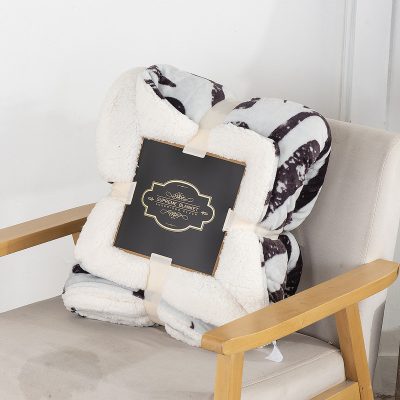1. Regular Fluffing:
- Fluff and reshape your cushions regularly, especially those filled with materials like down or polyester fiberfill. This prevents them from becoming flat or lumpy.
2. Vacuuming:
- Vacuum cushions with a brush attachment to remove dust, dirt, and loose debris. Pay attention to crevices and seams.
3. Spot Cleaning:
- For small stains or spills, clean the affected area immediately. Blot (don’t rub) with a clean, damp cloth and mild detergent. Rinse thoroughly and let it air dry.
4. Deep Cleaning:
- Periodically, give your cushions a more thorough cleaning. Check the care instructions on the label or manufacturer’s website for specific cleaning recommendations.
5. Washing Removable Covers:
- If your cushion covers are removable and machine-washable, follow the care instructions to launder them. Use a gentle cycle and a mild detergent. Zip up any zippers to prevent them from snagging.
6. Dry Cleaning:
- For cushion covers that require dry cleaning, take them to a professional cleaner. Be sure to mention any stains or specific care instructions.
7. Sunlight and Fresh Air:
- To remove odors and freshen cushions, take them outside on a sunny day. Sunlight can help eliminate odors and kill bacteria. Allow the cushions to air out for a few hours.
8. Use Cushion Protectors:
- Consider using cushion protectors or slipcovers to shield your cushions from spills, stains, and general wear and tear. These are easier to clean and maintain.
9. Rotation:
- If your cushions are used unevenly, rotate them regularly to ensure even wear. This is particularly important for seat cushions and mattress toppers.
10. Store Seasonal Cushions: – If you have outdoor cushions, store them in a cool, dry place during the off-season to prevent damage from harsh weather conditions.
11. Fluff Pillows Before Bed: – If you have decorative pillows or bed pillows, give them a good fluffing before arranging them on your bed or sofa for a neat and inviting appearance.
12. Avoid Pets and Sharp Objects: – Minimize the contact of cushions with sharp objects or pets that may scratch or damage the fabric or fill.
13. Replace Inserts: – Over time, cushion inserts may lose their shape or support. Consider replacing them when needed to maintain comfort.
14. Repair as Needed: – If your cushions have small tears or loose seams, mend them promptly to prevent further damage.
15. Store with Care: – If you need to store cushions for an extended period, make sure they are clean and completely dry before storing them in a cool, dry place. Use breathable storage bags or containers to prevent moisture buildup.
By following these care tips, you can extend the life of your cushions, keep them fresh, and ensure they remain comfortable and inviting for years to come.




















